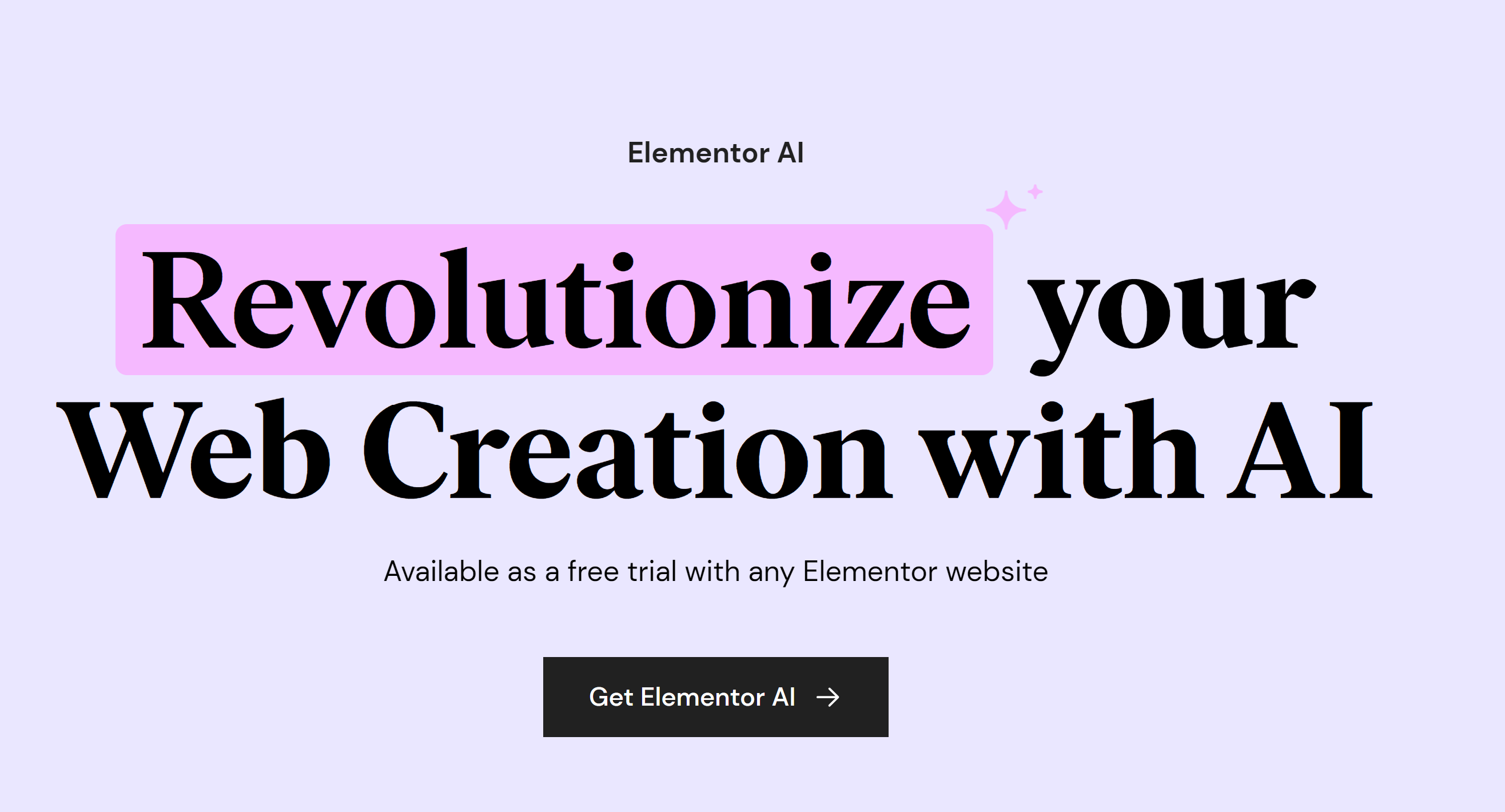The Internet is becoming more and more accessible. With data towers being put up all over and smartphones working faster and longer, users can access virtually any website from anywhere … that is, any website that’s made mobile friendly. Pages that haven’t been formatted for tablets or smartphones are generally hard to view, don’t load properly, and simply don’t fit within the screen. (We’ve all seen at least one example; it’s incredibly frustrating.)
As designers, it’s important to know what features will work on a mobile device and what won’t. Ready-made sites for mobile ensure customers can see all the information, and that they will have a good user experience.
As business and website owners, it’s simply important to know there’s a difference. (Or at least that you should trust your web guy AKA Stand And Stretch!)
The Difference Between Mobile-First Web Design and Desktop-First Web Design
The biggest difference between the two is sizing. Do website features automatically resize and adjust based on screen? If not, the site was likely made for desktops. However, when a page auto-tunes to your device (also known as responsive), it means the site will be adequately displayed on any type of device.
To see if your website is responsive, open on a desktop and change the size of the window — if the features adjust, it’s responsive. If they stay put, it’s a desktop design. This is important to know because if you have a website that’s made for mobile, you only need one. (Sites with desktop-first designs often have a “second” mobile site.) Meanwhile, mobile-first designs only require one site.
Websites that are meant to cater to mobile devices load faster, they’re more user friendly, they won’t cut off key information, and they ensure that users can view an entire page’s worth of information without scrolling from side to side.
Besides, mobile-first designs simply look more modern and tend to have more relevant backend features. (Simply because they’re newer and/or made to adjust on various levels.)
Why Mobile-Ready Websites are Important
Aside from simply working better, there’s real data behind this effort. More users are accessing information online at an incredible rate. In the U.S., 71% of time spent online was accessed by a smartphone or tablet. What’s more is that local mobile traffic is growing 50% faster than mobile searches as a whole.
That means, users who were formerly searching via desktop are more likely to be searching via mobile device. And more importantly, that potential customers are looking local.
Ensuring that your website is mobile-friendly is the number one way to appeal to new and repeat customers with accurate information on a platform that works no matter where they are viewing.
Is Your Website Mobile Friendly?
If not, it’s time for a quick upgrade! Luckily, we’re here to help. Opt for an entire website overhaul, or a simple adjustment to ensure you’re easily viewed online. To learn more about what Stand And Stretch has to offer, get in touch today.

Freelance writer and editor turned SEO specialist with 10 years of professional digital writing experience. She enjoys working with clients and putting their ideas into informative content. She is also a military spouse entrepreneur advocate, volunteering, and writing in MilSpo spaces. When not working, she can be found chasing around two toddler boys.





